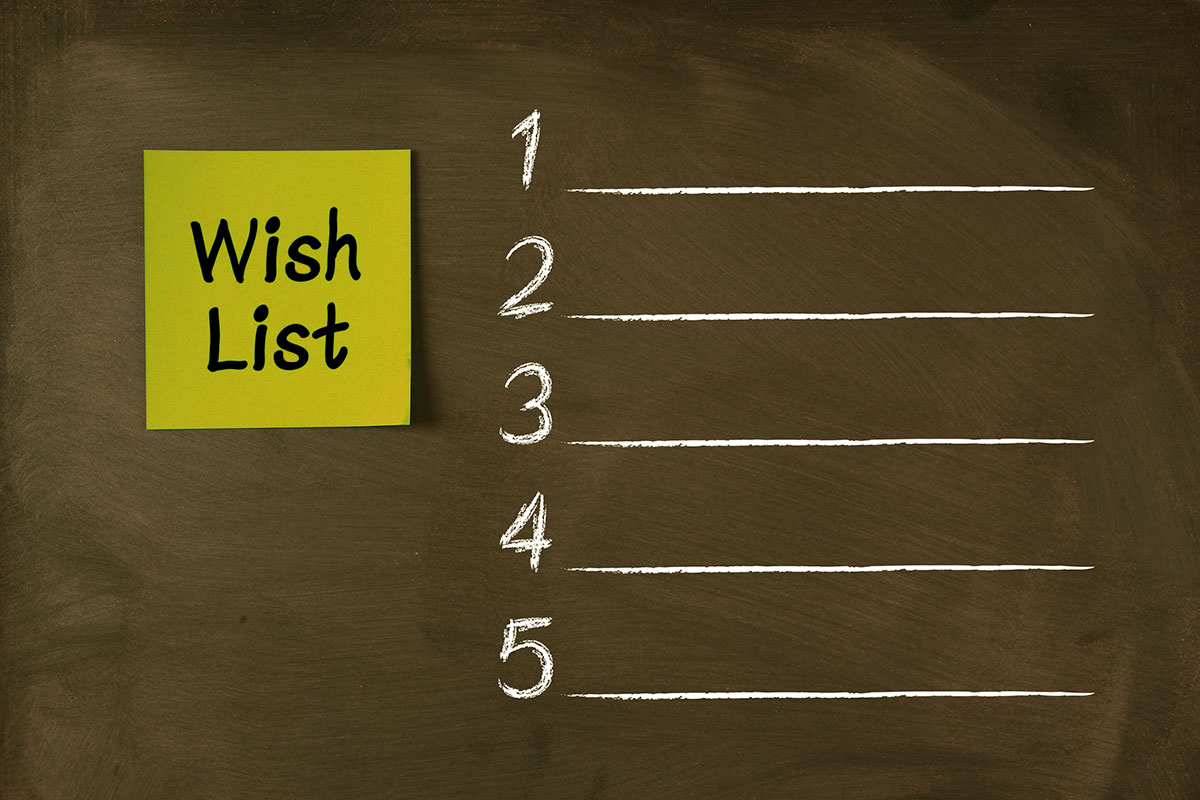Planning for Websites, Post Launch
Redesigning anything but the simplest of websites, or building a new one from scratch, takes a great deal of time and effort. There are many stages to a site build–from the initial planning, content strategy and UX design to web development, site building, theming and QA/testing.
Assuming everyone does their jobs well, site launch should be a stage to celebrate, and catch up with other tasks, people, and family members you’ve been neglecting for the past few months. Have a party! Or at least a round of treats or beers. It’s an occasion worth commemorating.
But as much as you’d like to be completely done, and not think about the website anymore, there’s always more to do! You may have planted the garden, but it won’t grow if you don’t care for it. Perhaps it’s a cliche you’ve heard before, but a website is never truly done.
Post-launch is a critical stage to any website redesign, but one that often gets ignored.
Why critical?

Only after your new site goes live can you truly test your research and your assumptions out in the real world. Even the smartest, most savvy organizations and web agencies can’t always predict how an audience will use a site, or what the most successful approach will be. What you can do, however, is test, observe and react.
But none of that can happen if you haven’t set aside the time and resources for post-launch site improvement.
Reasons organizations ignore this stage
-
Budget is already spent. Whatever expenses got set aside for a new website are typically used up. Unless your web agency is cutting corners, they will use whatever resources an organization makes available to build the best site they can build. The thought of spending more money post-launch just isn’t an option for the rest of the budget year for many organizations.
-
Staff time is spent. Organizations undergoing a site redesign need to dedicate staff towards the effort. But this often considered temporary. Once the site is launched, staff need to get back to the day-to-day tasks in their original job description.
-
Our internal team can take care of everything. Once trained on a new content management system (CMS), there’s a sense of ownership and empowerment. After all, a major selling point of any CMS is that ability to add or edit content with no coding required. An organization may decide that once the site is launched, they no longer need outside help.
At Electric Citizen, we want site owners to have the knowledge and tools to manage their sites. We want them to as much as they can handle. But even the best CMS doesn’t solve every problem, or anticipate what’s needed in the future. After all, your site editors aren’t necessarily trained in writing content for the web, keeping up with the latest trends in technology, or up-to-date on changes to security, performance, or accessibility. Sometimes the most effective plan is asking for outside help.
Maintenance and Support
Content management systems are powerful, amazing pieces of software. And like all software, you need to keep it up to date. No software is bug-free. Issues get uncovered and updates or patches are required. Think of how often your operating system or desktop software gets updated.
More critical than your desktop software, however, is software that is accessible across the Internet. Keeping your CMS system secure from hacks is critical. There’s user data to protect and your organization’s reputation to consider. Your audience may depend on the tools and content your site offers, and won't tolerate pages not loading or your site being down.
You may have internal developers within your organization who can be trained on maintaining the software for you. If not, you want to find a good team to do the updates for you.
Post launch is another time to test, observe and react.
1) Measure Results

When starting a new project, it’s a great idea to do discovery work. Do some user testing if you can, interview stakeholders, conduct audience surveys, and carry out a competitive analysis. If it’s a redesign, review site analytics, and see how people are using the current site.
Depending on the scale of the project, this can be an elaborate and involved process. But it doesn’t have to be! Even 20 hours put towards discovery can yield some beneficial insights as you move to design, write content and build a website.
Post-launch, however, is when all the discussion, assumptions, and decisions you’ve made along the way get put to the test.
Measuring results of your new site can take many forms. Tracking and reacting to site traffic through analytics is key. Testing the impact of different headlines or content can be effective tool (A/B testing). Periodically put the new site before users for additional testing and refinement of site content.
2) Continuous Improvement
Changes is always happening on the Internet. The amount of mobile traffic to websites keeps increasing, as well as the number of devices people are using to access information online.
Search engine requirements evolve and change over time. Google decided to start penalizing websites in rankings that aren’t mobile-friendly. Sites that aren’t served over secure encryption can get labeled “not secure” in a browser.
User expectations change too. They see how content is delivered in another website or app, and wonder why your site still uses the “old way.” New approaches come along, trends change, and tastes evolve.
But you don’t have to live with a dated website, and wait years and years until your next redesign. You can plan on a series of small improvements over time.
"Continuous Improvement" means dedicating time each month to a series of small scale improvements to your website. At Electric Citizen, that can mean gathering a wish list of requests from a client, as well as our team taking the new techniques and knowledge we gathered on subsequent projects, and bringing it back to your site, post-launch.
3) Plan for phases 2, 3 and beyond

Every web project we work on tends to have wish list items, or out of scope items that come up during the work. Or the current timeline and budget don’t allow for everything you want in one project. The phrase “phase 2” is so commonly mentioned at some point during every project, you’d think it’d be a great name for a web company (and in fact it is).
Postponing something to a post-launch phase 2 or 3 isn’t so bad. It’s good to keep a project as tightly and narrowly focused as you can, and stay on track where possible. But don’t forget about these other ideas. You can always expand and refine a website after it’s launched with phase 2 work. But it can only happen if you’ve set aside the necessary resources for your future website plans.
When planning your next site redesign, be sure to talk to your web agency about post-launch capabilities. Find out if they offer ongoing support and maintenance, or what they recommend. Some agencies have well-defined plans and many options to choose from, while others may not offer anything, preferring that you find post-launch support elsewhere.
Some recommendations for planning ahead
-
Reallocate funds – your organization could set aside a portion of the redesign budget for post-launch, even as you’re only beginning the project. This could potentially get you through the first year, post-site-launch. It may mean scaling back a bit on the scope of that initial redesign, but the trade-off is giving your team the flexibility to make the necessary changes needed at a later date.
-
Future budgets – update your annual budget to include funds for post-launch site improvement. Your organization likely already has some money budgeted for web hosting and domain registration. Adding the additional funds for post-launch work can make planning easier, and avoid delays, red-tape or budget battles when you need the work done at a later date.
At Electric Citizen, we encourage all new clients to think about the post-launch phase, even as we are just doing our initial discovery and planning. Sites need continuous investment to be effective and reach their full potential. By planning far ahead, it can be easier to allocate the appropriate resources for the years to come after the launch your next great website.
As you work on your next website redesign, be sure to budget some time and funds for a post-launch strategy. If you’ve launched a new site and haven’t been investing additional time or resources, you may wish to reconsider your approach.
Contact our team if you’re interested in talking about post-launch support.




Join the Discussion +